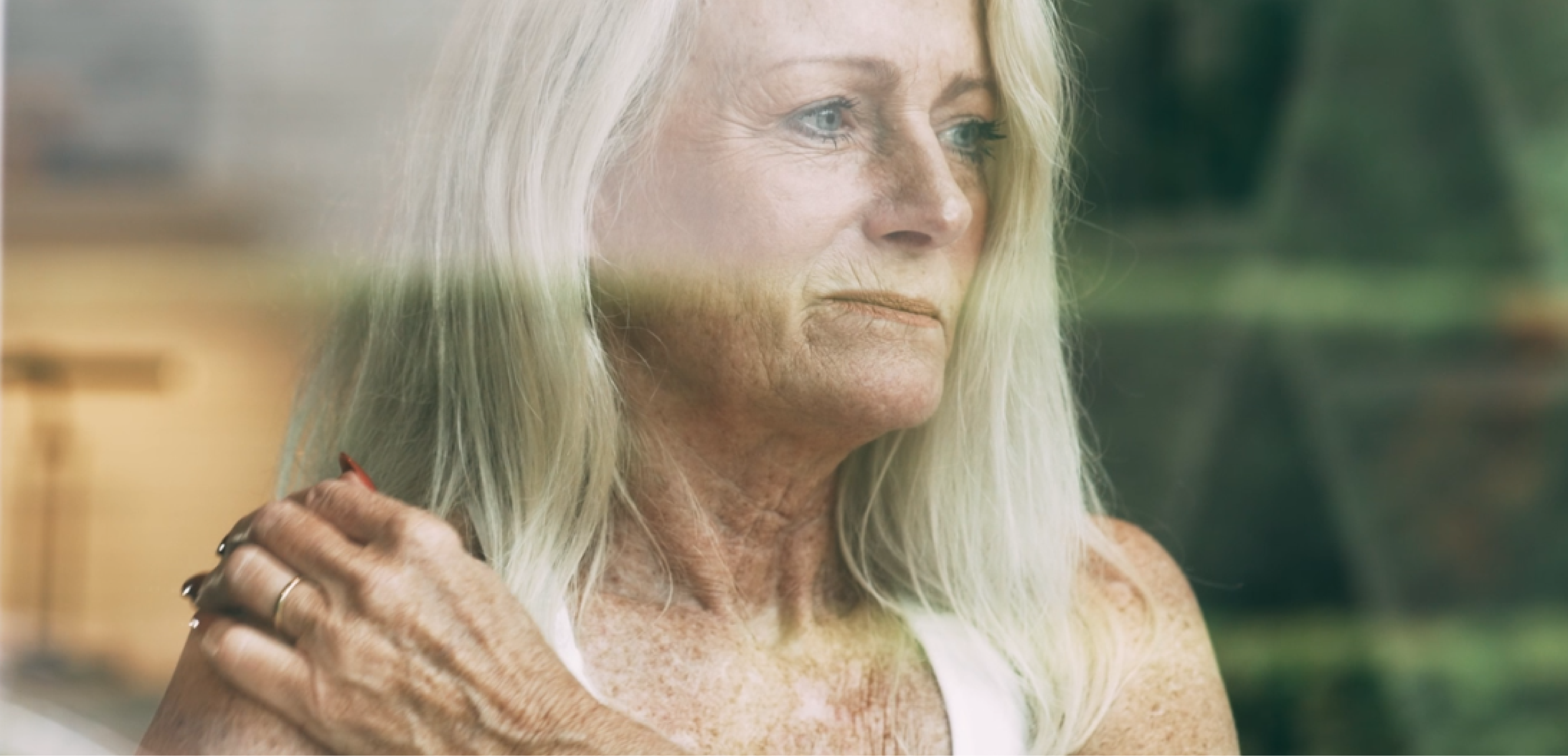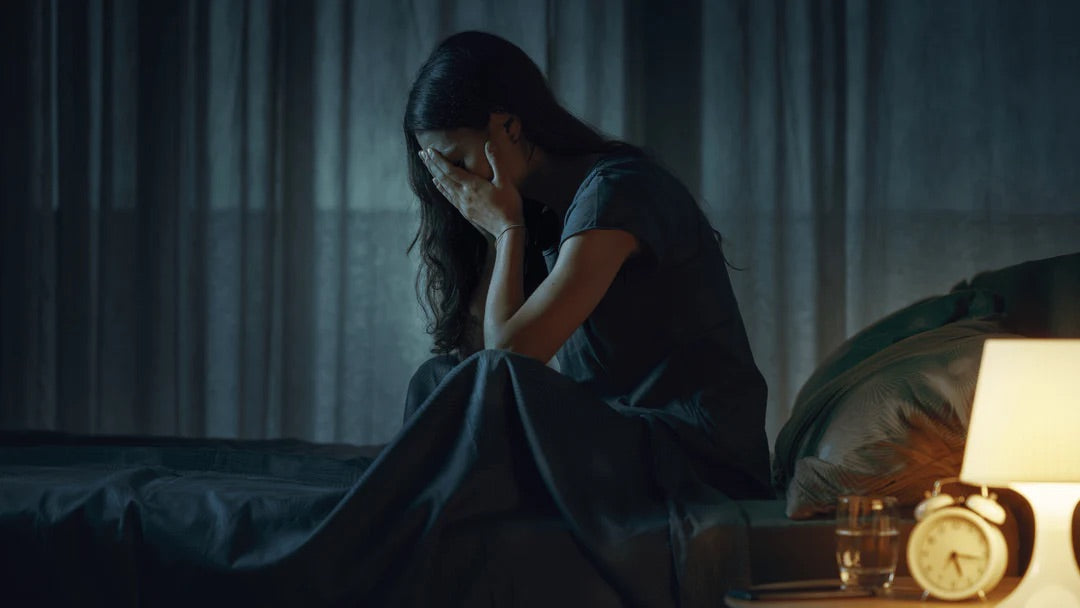America’s Chronic Pain Crisis Needs New Cures
Kryzys przewlekłego bólu w Ameryce wymaga nowych leków
Autor: John Graham Harper, dyrektor generalny Lumaflex
Przewlekły ból stał się cichym kryzysem zdrowia publicznego w Ameryce. Statystyki CDC pokazują, że około 50 milionów dorosłych Amerykanów doświadcza przewlekłego bólu, który może stać się znaczącym czynnikiem ograniczającym jakość życia ludzi. Ludzie mogą cierpieć na przewlekły ból z różnych przyczyn, czy to w wyniku wypadku w miejscu pracy, kontuzji sportowej, czy też z powodu powikłań innych przewlekłych schorzeń, takich jak cukrzyca lub zapalenie stawów. Niestety osoby z przewlekłym bólem są również narażone na inny kryzys zdrowia publicznego: tragiczną epidemię przedawkowań opioidowych leków przeciwbólowych w Ameryce.
Przyjrzyjmy się powiązanym ze sobą wyzwaniom związanym z przewlekłym bólem w Ameryce i nowym perspektywom na to, jak ludzie mogą znaleźć prawdziwą ulgę.
Za dużo tabletek, za mało pomocy
Badania przeprowadzone przez American Academy of Family Physicians (AAFP) wykazały, że 11% Amerykanów odczuwa ból na co dzień. Osoby z przewlekłym bólem często otrzymują leki na receptę; badania AAFP pokazują również, że 1 na 5 pacjentów z bólem niezwiązanym z rakiem otrzymuje przepisane opioidy. Zrozumiałe jest, że lekarze i inni pracownicy służby zdrowia chcieliby pomóc ludziom złagodzić ból tak szybko, jak to możliwe. Jednak łagodzenie bólu na receptę może wiązać się z dużym ryzykiem, jak i korzyściami.
Coraz większe obawy w środowisku medycznym i społeczności wellness budzi fakt, że opioidy są przepisywane w nadmiarze, a ryzyko związane z tymi lekami nie jest wystarczająco uwzględniane. AAFP stwierdza, że w 2014 r. prawie 2 miliony Amerykanów nadużywało lub miało problemy z uzależnieniem od opioidów na receptę, a każdego dnia ponad 1000 osób jest leczonych na oddziałach ratunkowych szpitali z powodu niewłaściwego stosowania opioidów na receptę. W amerykańskich gospodarstwach domowych pojawia się coraz więcej tabletek przeciwbólowych: dane AAFP pokazują, że w 2012 r. lekarze wypisali łącznie 259 milionów recept na opioidy, co odpowiadało liczbie wszystkich dorosłych Amerykanów w tamtym czasie.
Niestety, tego rodzaju niewłaściwe używanie, nadużywanie i uzależnienie od opioidów może często prowadzić do śmierci. W 2021 r. 80 816 Amerykanów zmarło z powodu przedawkowania opioidów. Niesamowicie smutne jest myśleć, że tak wiele osób, które zmarły z powodu przedawkowania, rozpoczęło swoją podróż do uzależnienia po prostu próbując uzyskać ulgę w przewlekłym bólu.
Poleganie na tabletkach przeciwbólowych jako „jedynym” rozwiązaniu przewlekłego bólu okazało się porażką. Ludziom zbyt łatwo jest przepisać potencjalnie uzależniające tabletki, zamiast uzyskać prawdziwą pomoc, która łagodzi pierwotne przyczyny przewlekłego bólu. Zamiast bombardować ludzi tabletkami i znosić setki tysięcy możliwych do uniknięcia, tragicznych zgonów, Ameryka może znaleźć lepszy sposób, aby pomóc ludziom w łagodzeniu bólu.
Holistyczne dobre samopoczucie i łagodzenie przewlekłego bólu
Jestem orędownikiem fitnessu na całe życie, właścicielem siłowni, trenerem i edukatorem fitnessu i zdrowia, a także kulturystą, byłym bokserem i entuzjastą sportów walki. W świecie fitnessu i zawodów sportowych potrzeba łagodzenia bólu nie jest niczym nowym. Ludzie czasami odnoszą kontuzje podczas rywalizacji sportowej lub potrzebują wsparcia w regeneracji mięśni, aby złagodzić ból po treningu. Urazy sportowe zdarzają się nawet podczas codziennych ćwiczeń u osób, które nie są „poważnymi sportowcami”. Wszyscy możemy skorzystać z dodatkowej pomocy w łagodzeniu bólu.
Ale zamiast łykać tabletki, wiele osób, które doświadczają przewlekłego bólu, może skorzystać z bardziej holistycznego podejścia. Na przykład, Cleveland Clinic Center for Integrative & Lifestyle Medicine oferuje holistyczne podejście do leczenia bólu, które wykorzystuje takie metody leczenia jak akupunktura, chiropraktyka i joga. Istnieje wiele badań naukowych, które pokazują korzyści płynące z tego typu metod leczenia w celu złagodzenia przewlekłego bólu. Kiedy patrzymy na całą osobę i ogólne przyczyny bólu, często jest to bardziej złożone niż po prostu „wzięcie tabletki”.
Na przykład, co jeśli ktoś cierpi na przewlekły ból z powodu złej postawy, braku ćwiczeń fizycznych lub nadmiernej nadwagi? Czasami zwiększenie poziomu aktywności fizycznej, zmiana diety, zrzucenie kilku funtów i zwiększenie siły i elastyczności ciała (za pomocą podnoszenia ciężarów, treningu oporowego lub ćwiczeń takich jak joga) może mieć duże znaczenie dla ogólnego poziomu bólu.
Terapia światłem czerwonym: zmiana zasad gry w codziennym zdrowiu i dobrym samopoczuciu
Innym sposobem leczenia przewlekłego bólu, który przyciąga coraz większą uwagę entuzjastów fitnessu i ekspertów od dobrego samopoczucia, jest ten, który jest mi bliski i drogi: terapia światłem czerwonym. Jest to naturalne, nieinwazyjne leczenie bólu i kilku innych problemów zdrowotnych i dobrego samopoczucia. Terapia światłem czerwonym to rodzaj „fotomedycyny”, która działa poprzez wystawianie ciała na określone długości fal światła czerwonego i bliskiej podczerwieni (NIR). Kiedy fale światła przenikają przez powierzchnię skóry, pomagają przyspieszyć gojenie i zwiększyć przepływ krwi, „energetyzując” mięśnie ciała poprzez aktywację mitochondriów – „elektrowni” – komórek mięśniowych.
Terapia światłem czerwonym została po raz pierwszy udokumentowana w 1903 roku i była badana przez naukowców NASA w latach 90. Liczne badania kliniczne wykazały, że terapia światłem czerwonym może znacznie poprawić regenerację mięśni, wytrzymałość mięśni, funkcję stawów i inne kluczowe wskaźniki wydajności sportowej i codziennego dobrego samopoczucia. Terapia światłem czerwonym może pomóc złagodzić neuropatię, zmniejszyć stan zapalny i złagodzić ból mięśni i stawów. A terapia światłem czerwonym nie wiąże się z żadnym ryzykiem uzależnienia i przedawkowania, w przeciwieństwie do tragicznych skutków ubocznych przepisywania opioidów.
Ameryka cierpi na kryzys przewlekłego bólu. Zamiast po prostu zapełniać szafki z lekami na receptę, nadszedł czas na bardziej kreatywne i otwarte rozwiązania, które skupiają się na zdrowiu i samopoczuciu całej osoby. Osoby z przewlekłym bólem potrzebują prawdziwej pomocy, a nie tylko większej ilości tabletek. Terapia światłem czerwonym, joga, lepsze odżywianie, ćwiczenia, dietetyka i coaching fitness mogą być częścią bardziej holistycznego podejścia do przewlekłego bólu.
Jako wieloletni entuzjasta fitnessu, jestem pasjonatem ludzkich osiągnięć i inspiruje mnie ludzki potencjał. Wierzę, że ludzie o różnych poziomach sprawności i z różnych środowisk mogą odnieść duże korzyści w zakresie zdrowia i dobrego samopoczucia. Ludzie cierpiący na przewlekły ból nie zasługują na to, by zostać porzuconymi nałogiem i przedwczesną śmiercią. Muszą wiedzieć, że społeczność się o nich troszczy i że chcemy, by się rozwijali i byli najlepsi. Życie naszych bliźnich jest warte ratowania. Codzienne zdrowie i jakość życia ludzi są warte wsparcia.
Terapia światłem czerwonym może być częścią szerszej, długo oczekiwanej rozmowy w społecznościach zdrowia publicznego i medycznej na temat tego, w jaki sposób nieinwazyjne i niefarmaceutyczne metody leczenia mogą stworzyć skuteczniejsze leczenie przewlekłego bólu. Zróbmy to!



